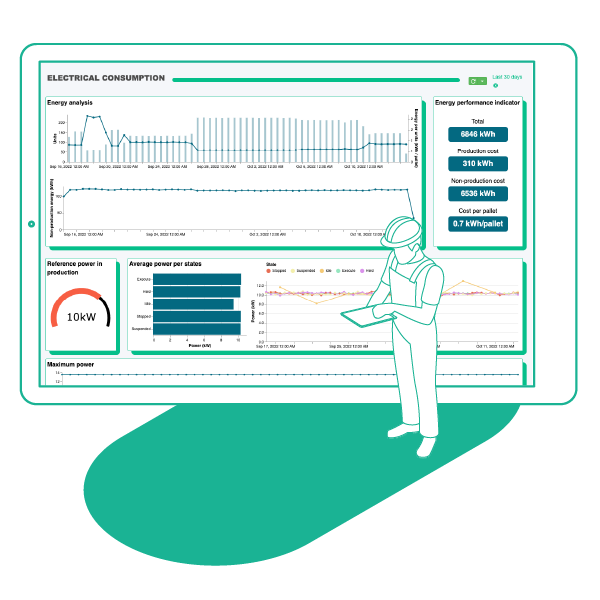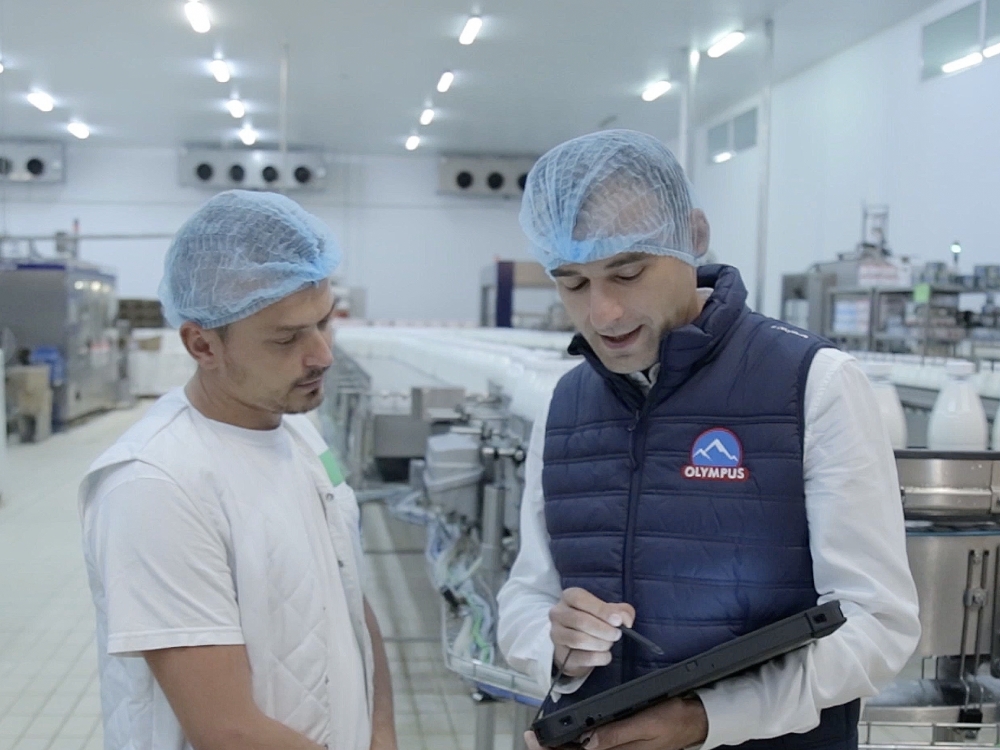In the current global context of tension on raw material supplies, energy transition or the fight against global warming, data is proving to be a decisive factor. Using it in an energy performance strategy creates a positive environmental impact and sustainably limits your environmental footprint.

We cannot optimize what we do not measure! Energy performance indicators are becoming a major aid to human decision-making. The goal? Sustainably improve the environmental impact and energy cost of industrial production.
Production lines are particularly resource-intensive, whether it is water, electricity, air or any other raw material. Optimizing their use is crucial to reduce energy waste.

Discover how dairy group Hellenic Dairies reduced their water consumption from cleaning in place processes by 20% in just a few months.
